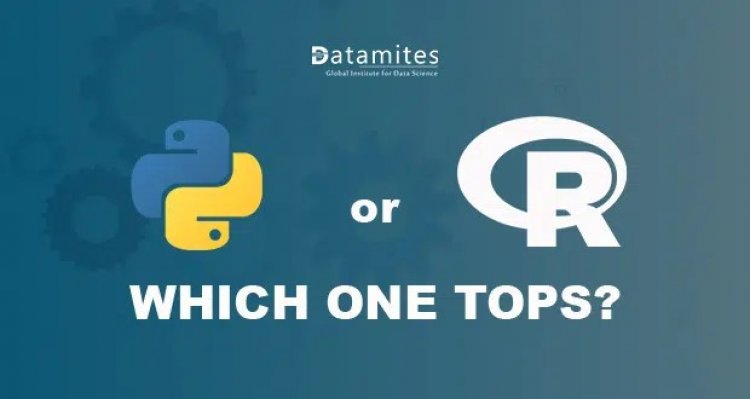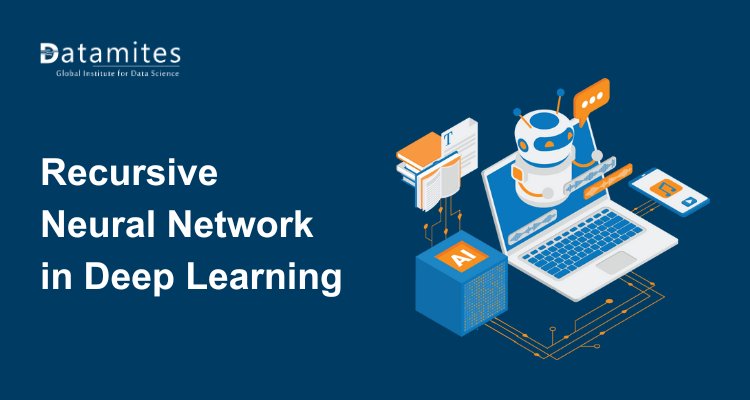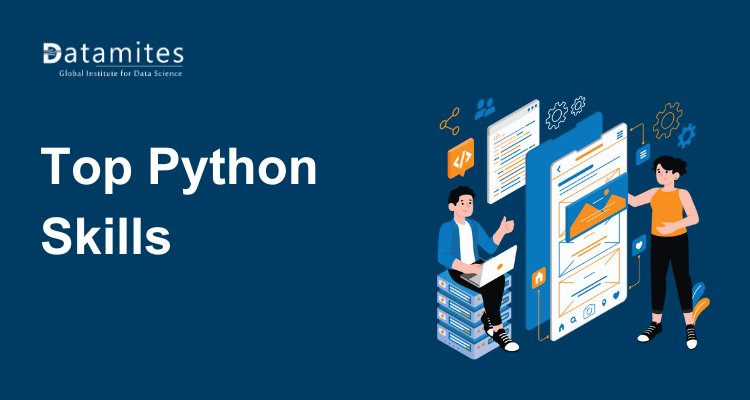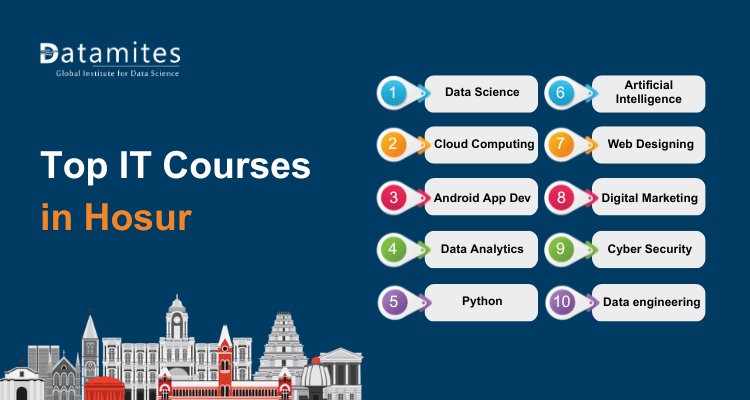Python vs R – Which one tops?
Python and R are two powerful programming languages widely used in data science. This blog explores their strengths, weaknesses, and helps you decide which one is better suited for your needs.

The rapid influx of data into our lives has resulted in the development of tools to analyse and extract useful information from it. Python and R are the most widely used programming languages for data analysis. In terms of data science excellence, both R and Python are cutting-edge, making it difficult to choose between the two.
What is R?
R is a programming language for statistical analysis. It’s used to create statistical software and do data analysis. R offers a large range of libraries for graphical techniques in addition to statistical approaches. R has grown in popularity as data mining and data analysis has gotten more prominent.
Where does R come into play?
There’s a library for practically any analysis you may want to do, and it’s popular among data science scholars and researchers. R is, in reality, the best choice for statistical analysis, especially for specialist analytical tasks, due to its enormous library collection. R is used by several multinational corporations, including Uber, Facebook, Airbnb, Google, and others.
Job roles in R
R programming is a promising career path. It is the world’s most powerful analytical instrument. Thousands of job advertisements for data scientists and R programmers may be found on job sites like LinkedIn, Glassdoor, Indeed and more. These are just a few of the jobs that R programmers can do in the business.
- R programmer
- Data Scientist
- Data Visualization Analyst
- Geo Statisticians
- Database Administrator
- Quantitative Analysis with R
- Data Analyst
- Data Architect
How much can I earn with R Programming skills?
- According to Ziprecruiter.com, the national average salary for an R Programmer is USD $90,940 per year in the United States.
- The national average salary for an R Programmer is 90,383 EUR per annum in the European Countries.
- The national average salary for a Data Analyst with R Programming skills is INR 5,07,937 per year in India. (Payscale.com)
R Course fees
Datamites offers flexible learning options starting from Exclusive R Classroom Training, Online R Courses to Exceptional Recorded Sessions. DataMites R Course Fee in the US ranges from 132.80 USD to 637.46 USD as per your preferred choice of learning. DataMites R Course Fee in Europe varies from 118.24 Euro to 567.56 Euro and R Course Fee in India starts from INR 10,000 to INR 48,000.
Also refer: R Vs Python – Which One Is The Best?
What is Python?
Python is a high-level programming language that was initially released in 1989. It is object-oriented, general-purpose, and high-level. It makes extensive use of white space to promote code readability. Overall, it was designed in such a way that it is very easy to write and understand, making Python an excellent coding language for those wishing to develop quickly.
Where is Python used?
Python is used in some form by some of the world’s largest businesses, including NASA, Netflix, Spotify, Google, and others. Python may be used for a wide range of projects, including data analysis and visualisation, as well as artificial intelligence, language creation, design, and web development.
Job Roles in Python
Python appears to have a bright future. Python has become a core language, with research, development, and production all using it. Python is employed in small, large, and start-up businesses to accomplish the needs of their customers. In the IT industry, Python programming abilities are in great demand.
- Data Analyst
- Data Scientist
- Machine Learning Engineer
- Web Developer
- Python Developer
- Software Engineer
Python Course Fees
Datamites offers flexible learning options starting from Exclusive Python Classroom Training, Online Python Course to Exceptional Recorded Sessions. DataMites Python Course Fee in the US ranges from 133.23 USD to 456.20 USD as per your preferred choice of learning. The Python Course Fee in Europe can vary from 117.88 Euro to 412.60 Euro and the Python Course Fee in India varies from INR 10,000 to INR 35,000.
How much does a Python Developer earn?
- The national average salary for a Python Developer is USD $96,890 per year in the United States.
- The national average salary for a Python Developer is 85806.27 EUR per annum in the European Countries.
- The national average salary for a Python Developer is INR 4,23,620 per year in India.
How does Python differ from R?
- Fundamental difference
R is a statistical programming language and environment that integrates statistical computing and graphics.
Python is a general-purpose programming language for scientific computing and data analysis.
- R and Python’s natures
Python is a general-purpose multi-paradigm programming language that takes a broader approach to data science.
R, on the other hand, is a statistical programming environment and language for statistical computing and graphics that appear to be considerably superior at data visualisation.
- Goals
R contains a number of capabilities that are useful for statistical analysis and visualisation.
Python is a programming language that may be used to create graphical user interfaces, online applications, and embedded systems.
- Use cases
R is a computer programme and statistical programming environment that supports a wide range of analytical methods and generates high-quality graphics for presentations. It’s primarily used by statisticians for statistical analysis.
Python can perform almost everything that R can. It’s noted for having a simple syntax that makes coding and debugging considerably easier than with other programming languages. For data science applications, it adopts a more streamlined approach.
- Objective
- R programming language is generally applied for data analysis and statistics.
- Deployment and production with Python
- Learning Curve
- R is a non-linear language that is tough to learn.
- Python is a linear and trouble-free programming language.
- Who uses R and Python?
- R is a programming language used by programmers and developers.
- Python – Scholars, research and development.
- Libraries and Packages
- R – There are numerous packages and libraries available, such as ggplot2, caret, and others.
- Python – Pandas, Numpy, Scipy, and other Python tools and modules are necessary.
Watch the video – Python vs R – What is the Difference, Pros and Cons
Conclusion
Python is unquestionably one of the most popular programming languages. Despite its origins as a general-purpose scripting language, Python has swiftly become the most popular data science language. Some even suggested that R was doomed and will be fully superseded by Python in the future. R is making a strong comeback in the field of data science. The popularity indices continue to reflect this programming language’s resurgence, demonstrating that it is still a viable option for data science applications.
DataMites offers Certification Training in both the relevant programming languages of Python and R that are accredited by IABAC.
DataMites Training Institute offers a comprehensive Python course accredited by international certification bodies. Recognized by IABAC and NASSCOM FutureSkills, DataMites specializes in Python programming, data science, and software development education. Students acquire practical experience through internships, unlimited projects, and exclusive practice labs, providing them with the skills needed to thrive in the tech industry.
You can also check

 Thushara C.P
Thushara C.P 




